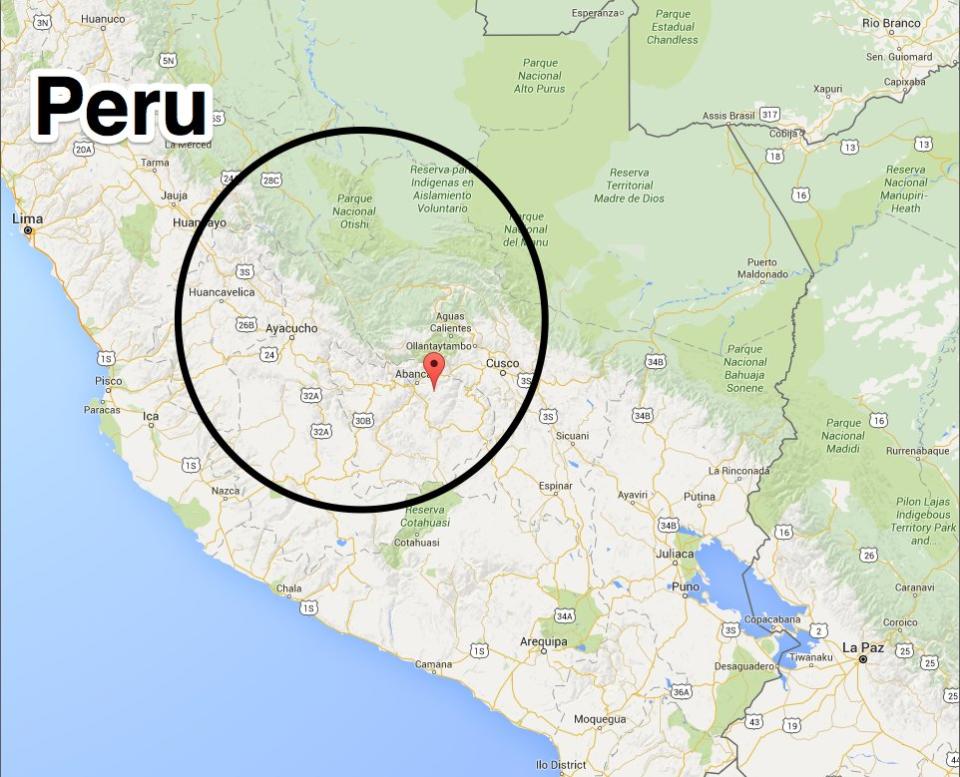One of the world's top cocaine producers will now shoot down suspected drug planes — but it may not even matter

REUTERS/Enrique Castro-Mendivil
Peru has been one of the world's top cocaine producers for decades, and as a part of the fight against drugs, the country reinstated a discarded law allowing the shooting-down of suspected drug planes, a move that worried human-rights defenders.
Though no planes have been shot down yet, Peruvian authorities now claim that the law has forced traffickers to change their behavior — but that doesn’t mean they aren’t still moving drugs.
"Drug traffickers are using other routes to transport drugs, we've seen that in recent months," Prime Minister Pedro Cateriano said at a press conference, citing police intelligence, according to Reuters.
"Now, for example, the trafficking is fluvial and there's more antwork transportation, that is, backpackers."
Reliance on water and foot traffic to move the drug had resulted in a glut in coca leaf supply, Cateriano added, causing its price to drop.
Peru is the second-largest cocaine producer in the world (Colombia passed it in 2015) and most of that cocaine comes out of the rugged Apurimac, Ene, and Mantaro River Valleys (VRAEM). Political and law-enforcement officials have also been implicated in Peru’s drug trade.
According to the US State Department, small aircraft bound for Bolivia are the main transport method for cocaine produced in Peru. Ten percent of the cocaine seized in the US in 2014 was from Peru, the Drug Enforcement Administration said in 2015.

REUTERS/Enrique Castro-Mendivil
Peru enacted strong anti-drug-trade efforts in the 1990s, under then President Alberto Fujimori (who is currently jailed for human-rights abuses), which included shoot-down polices; those efforts drove down cocaine production in the country, according to Mike Vigil, the former chief of international operations for the DEA.
According to UN data, coca production in Peru dropped from 53,700 hectares in 2007 to 42.9 hectares in 2014.
But the shoot-down policy was rescinded in 2001, after the Peruvian military, working with the CIA, downed a plane carrying missionaries, killing an American woman and her child, Reuters notes. After that, Peru focused on destroying the secret airstrips used by the aircraft, an effort that was frequently undercut by traffickers’ ability to rebuild the strips in a matter of hours.
After nearly 15 years, however, the Peruvian government passed legislation in August 2015 authorizing the shoot-down of suspected drug plans, providing there is reasonable suspicion the plan is carrying contraband.

REUTERS/Enrique Castro-Mendivil
Peruvian officials said at the time that the US had lobbied to stop the law’s passage, but, according to Reuters, the US has not said the policy’s return would affect joint anti-narcotics programs it has with Peru.
Aerial transport is a common feature of the drug trade, and other countries have enacted policies to allow suspected drug planes to be shot down. Argentina, Bolivia, Brazil, Colombia, Honduras, Paraguay, and Venezuela all have laws on the books permitting shoot-downs.
In some of those countries, those policies have attracted criticism, and their use has strained relations with the US.
NOW WATCH: EX-DEA AGENT: What I did when a drug dealer tried to bribe me with $3 million
See Also:

 Yahoo Finance
Yahoo Finance 
